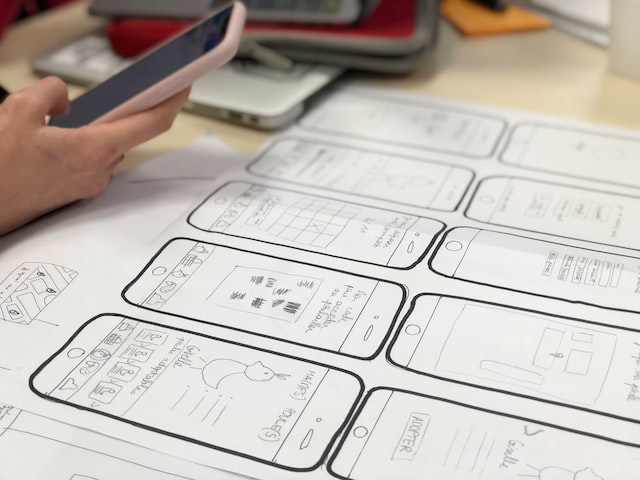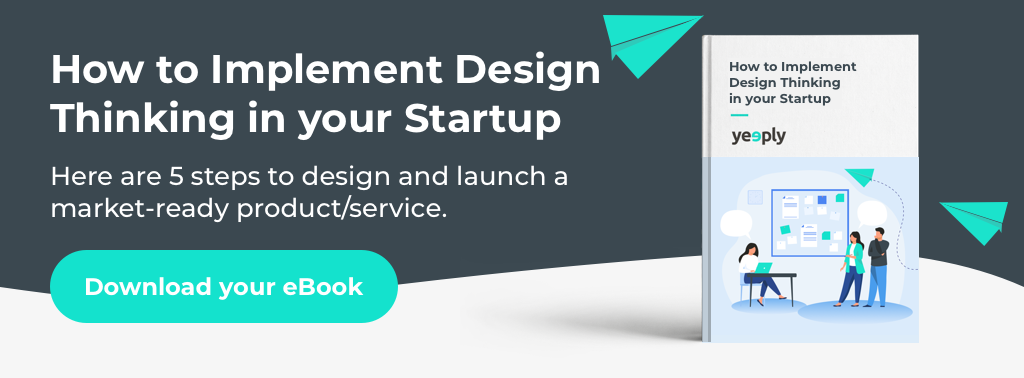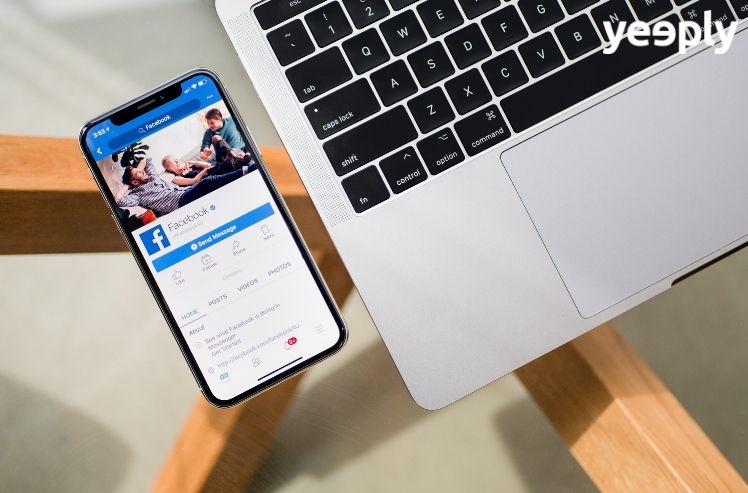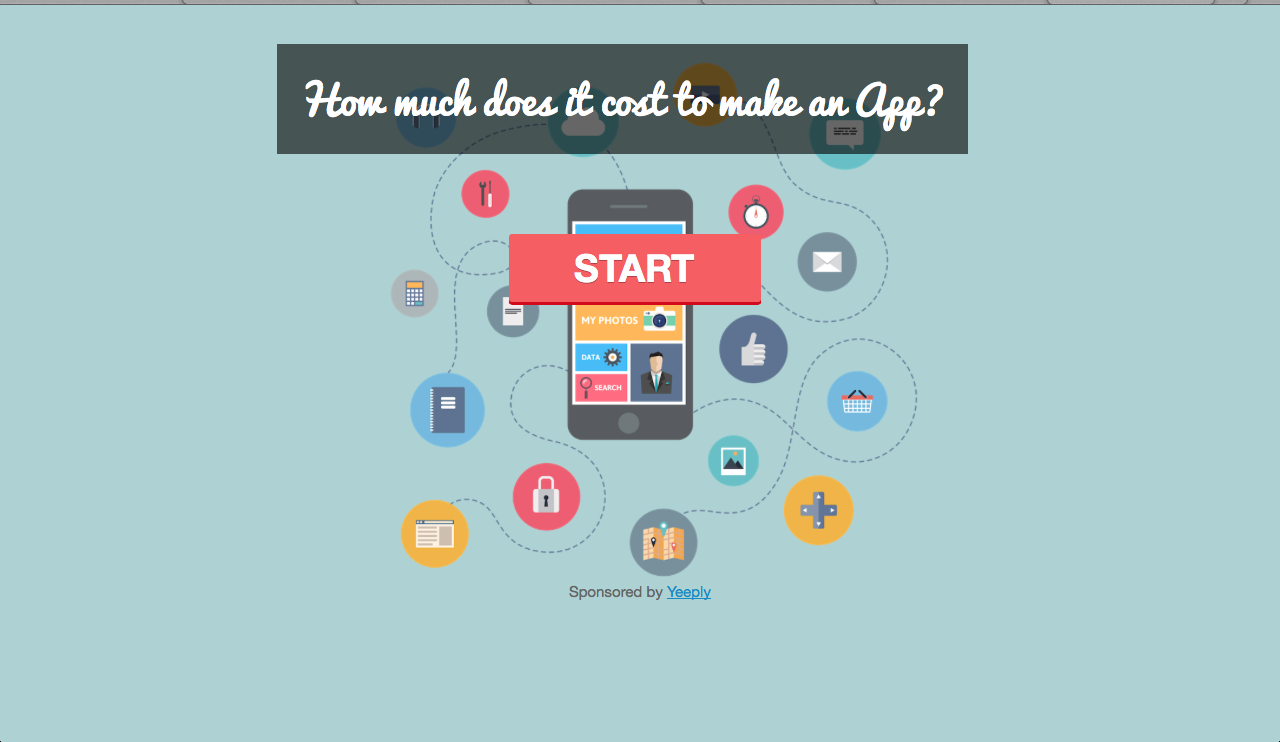The Minimum Viable Product, or also called MVP (in English Minimum Viable Product), is a tool used in agile methodologies such as the MVP in Lean Startup.
An MVP is a reduced version, which in a short time and at a low cost, allows you to evaluate how a new product behaves and its acceptance in the market. It provides you with a lot of useful information that will make the road to your startup’s success much easier.
Index:
- What is the Minimum Viable Product (MVP test) and what is it for?
- How to create a Minimum Viable Product (MVP)
- Top 10 free tools for MVP development for startups
- 5 benefits of using the MVP test in startups
- 5 concrete examples of Minimum Viable Product (MVP)
- Yeeply provides MVP development services for startups
What is the Minimum Viable Product (MVP test) and what is it for?
A lean startup Minimum Viable Product (MVP) is a development technique. It is about building a prototype of the product that you want to develop. But it’s not just a reduced version, it’s a flashy arcade version with the minimum features that your customers need.
This minimum viable product will help us to evaluate if the idea you want to develop is acceptable and if it can have a good acceptance.
It also allows us to introduce improvements before launching the final product on the market. These improvements are implemented after analysing the feedback from customers who have used the MVP. For example, we can incorporate new functions and eliminate others that have not been relevant.
The Minimum Viable Product also allows us to minimise development costs and build time, since we don’t have to invest in features or functionality that users don’t care about.
Therefore, carrying out an MVP serves to minimise risks and maximise the reception of our product. It can be used in all types of industries, products and services from automation, training, web design, etc.
✏️ Recommended article | Motion Design: The Latest Trend in App and Website Design
How to create a Minimum Viable Product (MVP)
When launching your new product or service, in order to understand what your target customer is, you should first consider an MVP development for startups.
But do not think that it will be such an easy task, there are some very important steps to follow:
1. Detect market needs
It is essential to identify whether your idea really meets the problems of the target you are trying to reach.
2. Create a customer profile
Knowing the needs of your customers, preferences, consumption habits, etc. is crucial since it will be useful information to design your MVP.
3. Prepare the PMV
Prioritise the functions that meet the customer’s needs. Only layer secondary functions and other features will be added.
4. Review and learn from the results
Collecting customer feedback will be essential to choose the features that have worked best and redirect certain aspects if necessary.

Top 10 free tools for MVP development for startups
Below you will find a brief list of the main free tools that will come in handy when creating the first MVP test for your startup or gathering useful information.
1. Typeform
Perfect for conducting surveys and online interviews with clients, and thus collecting useful information.
2. Google Forms
Save all the survey data in a Google sheet simplifying the analysis process.
3. LinkedIn
Professional social network that allows you to connect with potential clients for the validation of our MVP.
4. InstaPage
Create landing pages, no code required, for marketing campaigns or evaluating A/B testing.
5. Canva
Design tool that allows you to create articles, posters, logos, etc.
?You might be interested | Custom Software Development: When and Why Does Your Company Need It?
6. Bubble.io
Design, develop and host your MVP in just a few days, even without technical knowledge, through an easy-to-use interface.
7. Thunkable
Ideal for creating a mobile application from scratch and without the need for experience.
8. Figma
Cloud-based design tool that allows teamwork and prototyping and mockups.
9. Reddit r/startups
Community where you can exchange ideas and participate in a multitude of debates that help you when developing new PMVs.
10. Google Analytics
Access to analytical information on customer traffic, conversion rates, number of clicks, etc.
Related Article | The 6 Common Mistakes to Avoid When Building an App for your Business
5 benefits of using the MVP test in startups
Some of the main benefits of using an MVP test for startups:
1. Creation of a successful final product
The information collected from customers and their interaction with our MVP, allows us to build a final product that is truly satisfactory for the sector and target audience we are addressing.
2. Fail to learn
MVPs are made to detect errors and improve them so that they do not exist in our final product. So, when you release your official version, it will be much better than if you do it without MVP.
3. Fast and economical solution
A lean startup minimum viable product requires less time and budget than a traditional product. It allows you to test your business idea with low costs and record time.
4. Minimise risks
An MVP allows you to know in advance if your business idea is valid for the moment and sector you are trying to enter. This translates into a lower risk of market failure.
5. Easier to find funding
Finding partners is crucial in the early stages. The MVP facilitates the search for investors, since it reduces risks and makes the strategy more transparent and attractive in the conceptual stage.
5 concrete examples of Minimum Viable Product (MVP)
Here are some examples of successful MVPs. The beginning of any startup is the validation of the business idea, and that is why you cannot skip the development stage of the MVP startup. To inspire you, we’ve collected 5 different solutions that started as an MVP.
1. Amazon
One of the most successful examples of minimum viable product. Initially, the platform only sold books online, but it began to generate a list of items that could also be sold online. Little by little, its MVP took its current form until it became the most popular e-commerce platform in the world.
2. Dropbox
When Dropbox’s founders came up with the idea of creating a cloud-based file sync service, they realised that the actual infrastructure would be time consuming and expensive.
They created a video MVP that got more than 70,000 people interested. It currently offers its services to more than 50 million users.
3. Groupon
It was created in 2008 with the purpose of offering services from local companies through offers through a simple WordPress website. Users who wanted to use these coupons would sign up to receive the coupon and be able to use it. This MVP was a complete success and today operates worldwide.
4. Etsy
Craft professionals complained that eBay’s fees were too high for their type of product, and the idea for Etsy was born. Its founders created an MVP that allowed them to register and sell their craft products. In a very short time, thousands of sellers joined this platform.
5. Airbnb
Founders Brian Chesky and Joe Gebbia were having trouble paying their rent and had an idea. Through an MVP test they rented the top floor of their apartment to travellers. They saw how the dates were filling up and the idea grew, until it became a highly successful platform.
Keep reading | The Fastest and Safest Way to Hire a Web Designer
Yeeply provides MVP development services for startups
At Yeeply we have extensive experience working with startups to support their growth, from their early stages, both in the seed and pre-seed stage when it comes to building an MVP in Lean Startup.
We are capable of developing a useful and successful lean startup minimum viable product thanks to our large team of experts in software development, App, Web, AI, etc., who also have experience in all types of companies such as startups or spin-off corporations.
Search our resources for the best tips for building an app prototype, a web prototype from scratch or a MVP price.
We know that the MVP development for startups is not as simple as it seems, but precisely for this reason, we are here to help you.













